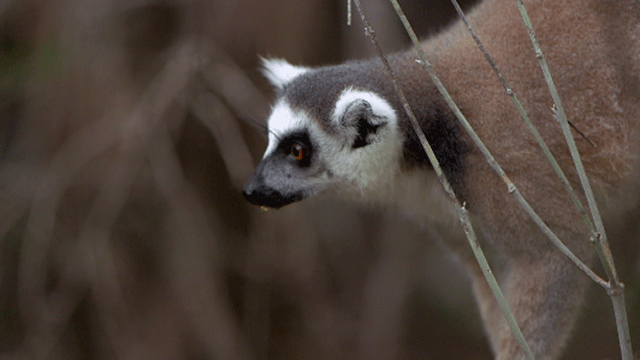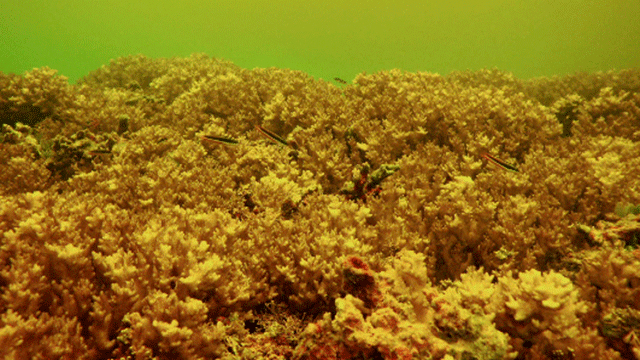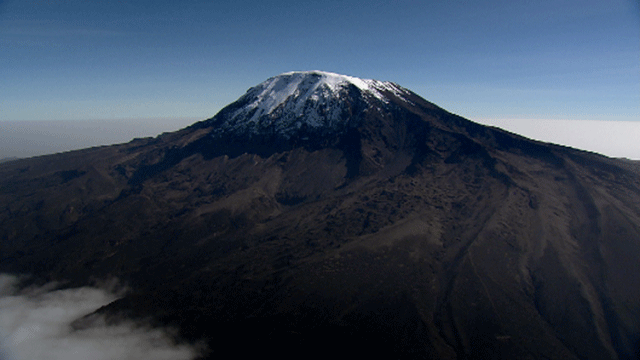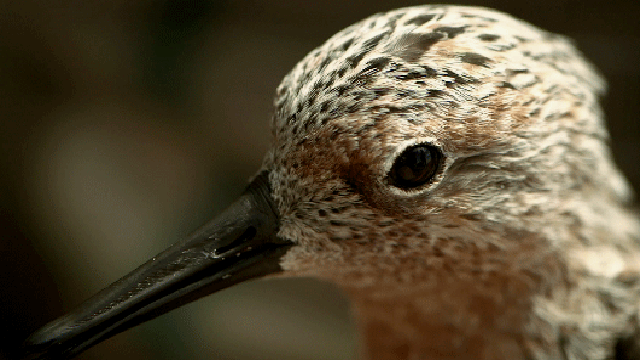Because of its isolated location, wildlife on the island of Madagascar in the Indian Ocean was able to develop freely for millions of years. Unique species such as the magnificent baobab trees, rare lemurs and numerous types of reptiles thrived here.
But no other natural paradise is as seriously threatened as Madagascar.
In the Mahafaly Plateau, the island’s poorest region, persistent droughts and overpopulation make survival virtually impossible. The people there are forced to live off whatever they can find in their environment. But in doing so, they are destroying what is biologically one of the most diverse arid areas in the world. Many of the native animals and plants can be found nowhere else on Earth.
To protect this biodiversity and also improve the living conditions of the local people, scientists from German and Madagascan universities have set up their camp in the middle of Tsimanampetsotsa National Park, miles from any form of civilisation. Under adventurous conditions, they spend months roaming the national park, studying the habitats of the radiated tortoise and other exotic species, or living in villages where they try to persuade the local shamans to reveal their spiritual secrets.




